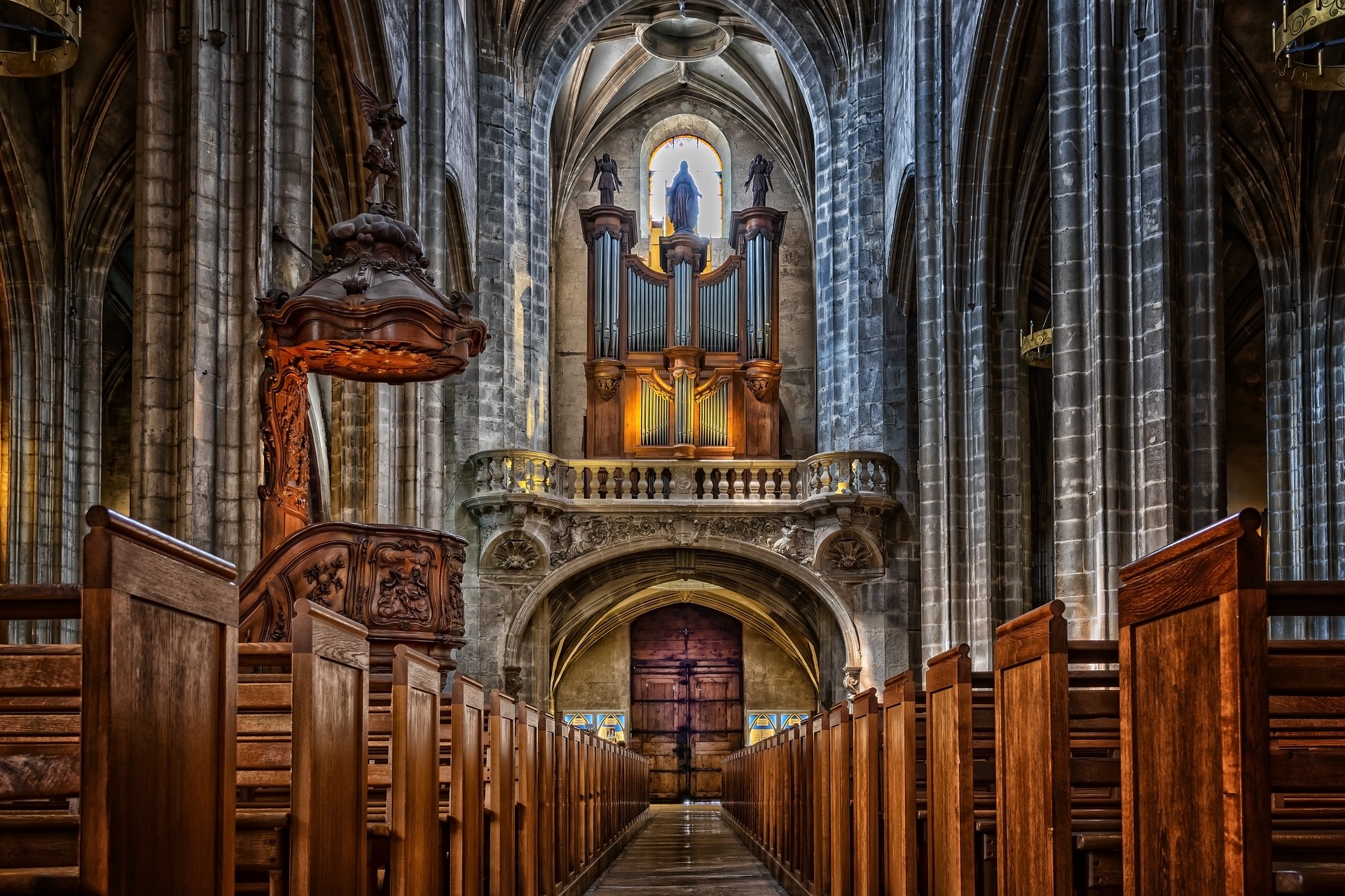Medieval fashion for women
Fashion has always been a rather weird part of human’s life. Fashion is very important, however, in many cases it is hardly useful for our comfort. During various time periods people had different preferences believing into some trends being more appealing than others. As a result, something we regard beautiful today was unacceptable some time ago. If you would like to learn more about this strange side of fashion, check the trends for women in the Middle Ages.
The less hair, the better
For many generations long and dense hair has been one of the characteristics of real beauty. This is true not only for the hair of the head but also for eyebrows and eyelashes. Certainly, it is rather difficult to imagine the time when people had a different opinion on the topic.
During the Medieval period, going out with uncovered head for women was very a good idea as there was a belief that such women were rather frivolous. There were several types of hats for covering women’s heads at that time so that no one can see their hair outside home. This might seem sim8ilar to the tradition of wearing hijab, yet, the hats used by Christian women were not perfect for the purpose of hiding hair. Women wanted to cover their hair perfectly but it usually ended up into hairs coming out of the hat in an unexpected manner.
In order not to worry about such a possibility, women started plucking hair on the head. The trend spread to other hair on the face as well. You have certainly see the pictures of medieval beauties without eyebrows. The truth is, many women also got rid of their eyelashes, although such a procedure was rather painful.
Fashionable clothes
There have been several curious fashion trends for women when it comes to their clothes as well.
Extremely long sleeves
You might be wondering why women used to have dresses with extremely long sleeves which is obviously uncomfortable even if the person wearing such clothes was an aristocrat and did not have to do any household chores.
There was a purpose of such a fashion though. Because of the story about Adam and Eva in the Bible, women were regarded as rather weak and unreliable creatures so touching the altar in cathedrals was prohibited for them. At the same time, there was a belief into the necessity of touching the altar, since without this simple touch preys would not work. In order to overcome this limitation, the trend of wearing dresses with extremely long sleeves was evolved. Such clothes allowed women to touch the altar at least with a sleeve.
Clothes making women look pregnant
One more curious fashion trend in the Middle Ages was related to pregnancy. Actually, if you look at the portraits of ladies of that time, you can notice many of them look pregnant. If you search the story of the women depicted on these portraits, you will find out many of them were not even married. Certainly, this is not normal for the Medieval period to expect a baby while being unmarried.
In the reality, large bellies of the ladies were just a special effect created by clothes. As you can imagine, the major purpose of Medieval women was giving birth to children while a large belly is the major attribute of the appearance of pregnant women. For that reason, people find such bellies as a symbol of good health and fertility. In order to make it look like that, women used various inserts for their clothes.
By the way, pregnant women of that time had their own curious accessory which was known as a belt of fertility. This one was worn around the belly and between the legs. The belt was made of sheep skin and it had preys written on it. In addition to it, people put various foods into the belt such as cracked eggs, legumes, grains, honey and sprinkled it with milk. According to their beliefs, babies were growing better having thus many nutrients.

